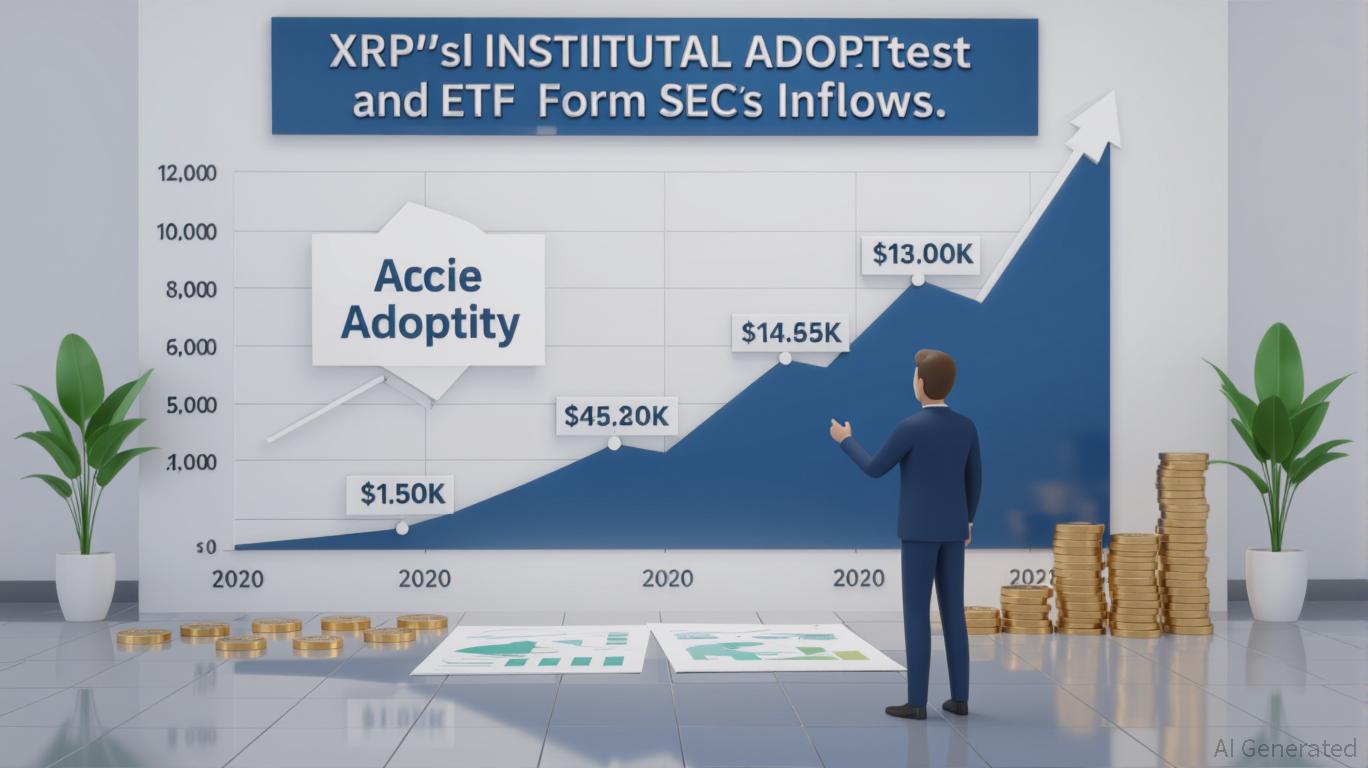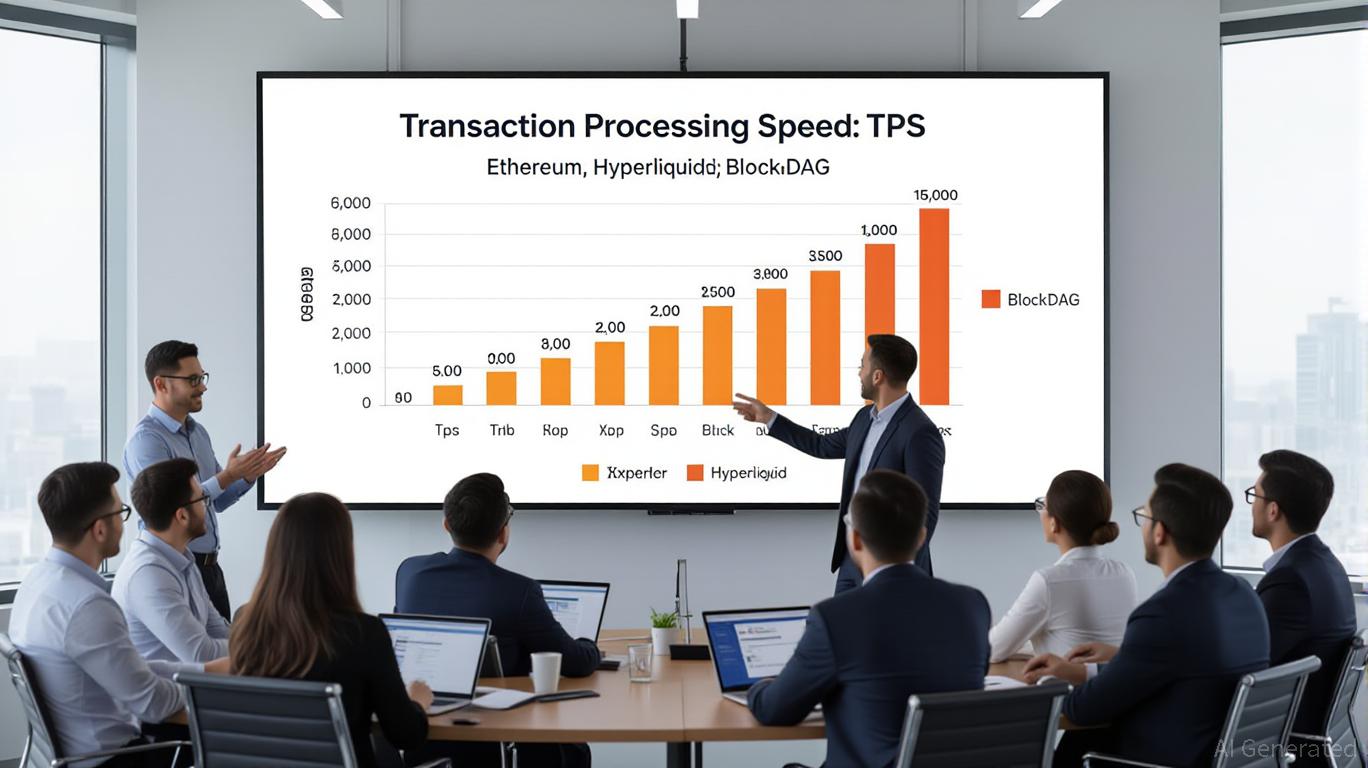200 Days of the Bitcoin President: Is Trump's Second Term Worth Celebrating or Cause for Concern?
You can offer services in this "world crypto capital," but you might only see this world from behind bars.
You can provide services in this "world crypto capital," but you might only see this world from inside a prison cell.
Written by: L0La L33Tz
Translated by: AididiaoJP, Foresight News
Trump is far from being a "pro-Bitcoin" president. Although the U.S. Securities and Exchange Commission (SEC) has dropped some of its most aggressive cases, there are still legal risks in building non-custodial and privacy-enhancing technologies in the United States. You might be able to provide services in this "world crypto capital," but you might only see that world from inside a prison cell.
Donald Trump took office as the 47th President of the United States on January 20, 2025. With just over 200 days into his term, it seems like a good time to review how this "Bitcoin President" has paved the way for the U.S. to become the self-proclaimed "world crypto capital," and where we might be heading in the future.
First, during Trump’s second term, many well-known industry participants who faced legal troubles under the previous administration have seen favorable outcomes.
Terra/Luna founder Do Kwon reached a plea agreement with the Department of Justice, being convicted on only two of nine charges, which involved investor losses of over 40 billions USD in just a few days. The Second Circuit Court overturned the insider trading conviction of former OpenSea product manager Nathan Chastain. The SEC dropped lawsuits against crypto exchanges Gemini and Coinbase, suspended its case against Binance, and reportedly ended investigations into Consensys, Robinhood, and Uniswap.
Meanwhile, Tron founder Justin Sun, who previously faced SEC charges for offering unregistered securities and was reportedly under DOJ investigation, is now dining with the President.
On the regulatory front, things are also improving. From Ripple to Wyoming, everyone (and their affiliates) is announcing plans to issue stablecoins, thanks to the only piece of legislation that has become law so far: the GENIUS Act. Although we still don’t know how much Bitcoin the U.S. government holds—apparently, over 200 days isn’t enough to complete a comprehensive audit—cheers for a Bitcoin strategic reserve continue, even though the government doesn’t seem to have any actual plans to purchase Bitcoin, but rather to seize it from certain places.
Everyone Is a Money Transmitter
Most notably, every industry participant mentioned above relies heavily on the development of open-source technology. Without open source, none of the platforms mentioned could operate, let alone be built. For developers of open-source technology, the President’s plans seem not optimistic, but rather quite grim.
In July, Samourai Wallet developers Keonne Rodriguez and William Hill pleaded guilty to charges of conspiring to operate an unlicensed money transmitting business, facing up to five years in federal prison. A week later, Tornado Cash developer Roman Storm was convicted of the same crime by a jury in the Southern District of New York.
Both prosecutions came after a memorandum issued in April by Deputy Attorney General Todd Blanche, which was widely praised and thought to end the DOJ’s attempts to create new laws through prosecution, explicitly calling for the DOJ to stop prosecuting software developers for users’ actions. Despite the praise, the memo left so much room for continued prosecution that its reliability is almost as questionable as the Trump administration’s promise to release the Epstein list.
Since then, regulatory clarity for developers has hit a historic low. Based on the outcomes of the Samourai Wallet and Tornado Cash cases, non-custodial software developers may no longer be prosecuted for lacking a money transmitter license, but they could be charged for transmitting illicit proceeds. So, are non-custodial software developers money transmitters who could face criminal charges in the U.S.? Your guess is as good as mine.
The verdict against Roman Storm has set what is called a "persuasive precedent," meaning anyone building non-custodial tools could, at the DOJ’s discretion, be charged with a federal crime.
Bringing the Patriot Act to Digital Assets
In terms of digital asset legislation, the past few months have also been turbulent. Although the GENIUS Act is highly anticipated—arguably more so by those in suits (industry insiders) and those who pay them (stakeholders)—it also opens the door to the application of the Bank Secrecy Act, a law that mandates anti-money laundering and Know Your Customer (KYC) requirements.
While the GENIUS Act formally codifies certain rules for stablecoin issuers as financial institution regulations, the Treasury has since sought public comment on the use of digital identity in so-called DeFi services, which is related to the GENIUS Act and would require non-custodial service providers to check users’ identity credentials before executing transactions.
Overall, the Treasury’s idea is that its actions align with one of Trump’s earliest executive orders on "strengthening U.S. leadership in digital financial technology," which aims to promote the "responsible growth and use of digital assets, blockchain technology, and related technologies," with the key word being "responsible."
The first White House digital asset report last month finally revealed what this "responsible" growth means, calling on Congress to create a new subcategory for digital assets under the Bank Secrecy Act and asking the Financial Crimes Enforcement Network to consider follow-up steps to the Biden-era mixer rules: a regulation that would virtually kill any possibility of transaction privacy, including the use of new, non-KYC addresses.
If this sounds unconstitutional to you—because in this country, code is law—I regret to inform you that where we’re headed, we won’t need a constitution. Most of the President’s proposals are governed by the Patriot Act, and the White House has asked Congress to specifically extend it to digital assets, with the Patriot Act always prevailing over the Constitution.
In short, the Bitcoin President’s term may sound great on paper, but in reality, the environment for software development in the U.S. has never been so hostile. If the Trump administration truly intends to fulfill its promises to Bitcoin users, it must make a dramatic course correction.
Until then, when the government invites us to "come home" and build our services in the world crypto capital, we’d better proceed with caution, because you might only see it from inside a prison cell.
Disclaimer: The content of this article solely reflects the author's opinion and does not represent the platform in any capacity. This article is not intended to serve as a reference for making investment decisions.
You may also like
Cold Wallet, XRP, Ethena & Chainlink: Unlocking Undervalued Assets in a Post-Presale Era
- 2025 post-presale crypto era prioritizes security, regulation, and DeFi infrastructure, with Cold Wallet, XRP, Ethena, and Chainlink leading innovation. - SEC's XRP ruling (commodity classification, $125M penalty) and ProShares ETF drove $1.2B inflows, projecting $12.60 price by year-end. - Ethena expanded cross-chain TVL to $10B via LayerZero, while Chainlink's TVS doubled to $84-95B, securing DeFi through oracle networks. - Cold Wallet's $0.3517 fixed price, 2M users post-Plus Wallet acquisition, and C

Top 4 Bullish Cryptocurrencies in 2025: ETH, XRP, HYPE, and BlockDAG
- 2025 crypto market prioritizes projects with strong tech, utility, and institutional backing, led by ETH, XRP, HYPE, and BlockDAG. - Ethereum's Pectra upgrade boosted scalability, attracting $145B in RWA tokenization and 5% ETF absorption via improved Layer-2 solutions. - XRP gained $1.2B ETF inflows post-regulatory clarity, while Hyperliquid's $43–$44 price range reflects demand for fast, low-cost DeFi trading. - BlockDAG's 15,000 TPS hybrid PoW-DAG architecture and $383M presale position it as a scalab

Shiba Inu's $0.000020 Breakout: Speculative Hype or Strategic Inflection Point?
- Shiba Inu (SHIB) hovers near $0.000020 amid debates over whether its price surge reflects speculative hype or genuine ecosystem-driven value. - Shibarium's 1.5B+ transactions and 30% gas fee cuts correlate with SHIB's resilience, suggesting utility-driven demand despite 39% volume declines. - Deflationary burns reduced supply by 41% in 2025, but macroeconomic factors and whale activity remain key volatility drivers for the token. - Ecosystem expansion into AI, gaming, and metaverse projects aims to trans

The New Gold Rush: Capital Efficiency and Presale Dynamics in Q4 2025 DeFi
- Q4 2025 DeFi balances institutional stability with speculative presales, driven by capital efficiency metrics reshaping asset allocation. - Core-satellite strategies allocate 60-70% to ETH/AAVE (36.4%-72% gains) and 20-30% to high-yield presales like Remittix ($HYPER) offering 205% APY. - Bitcoin DeFi TVL hits $5-6B BTC via layer-2 solutions, while omnichain platforms and AI tools redefine liquidity and institutional adoption. - High-risk presales (e.g., MAGACOIN FINANCE's $12.8M raise) highlight innovat

